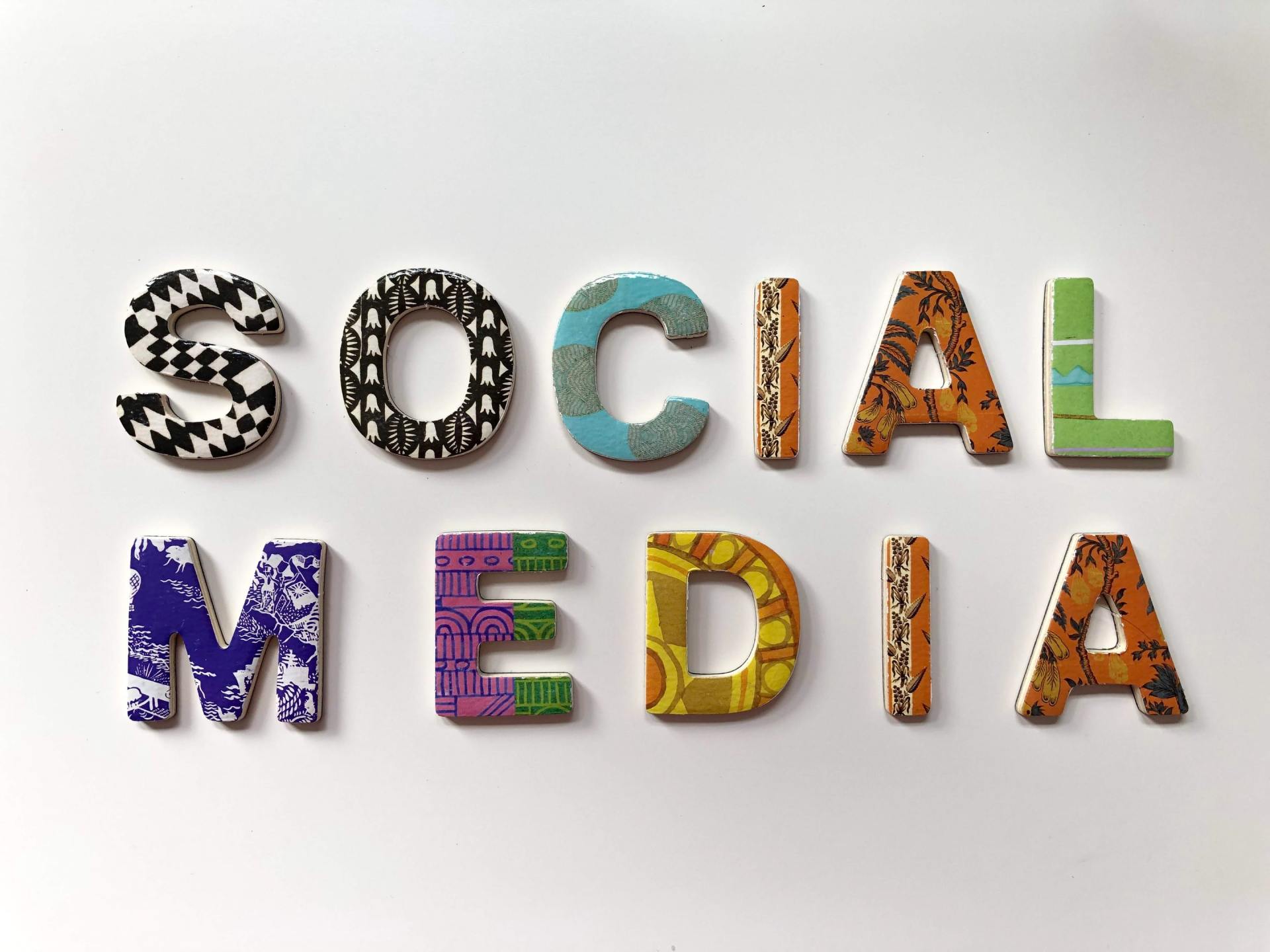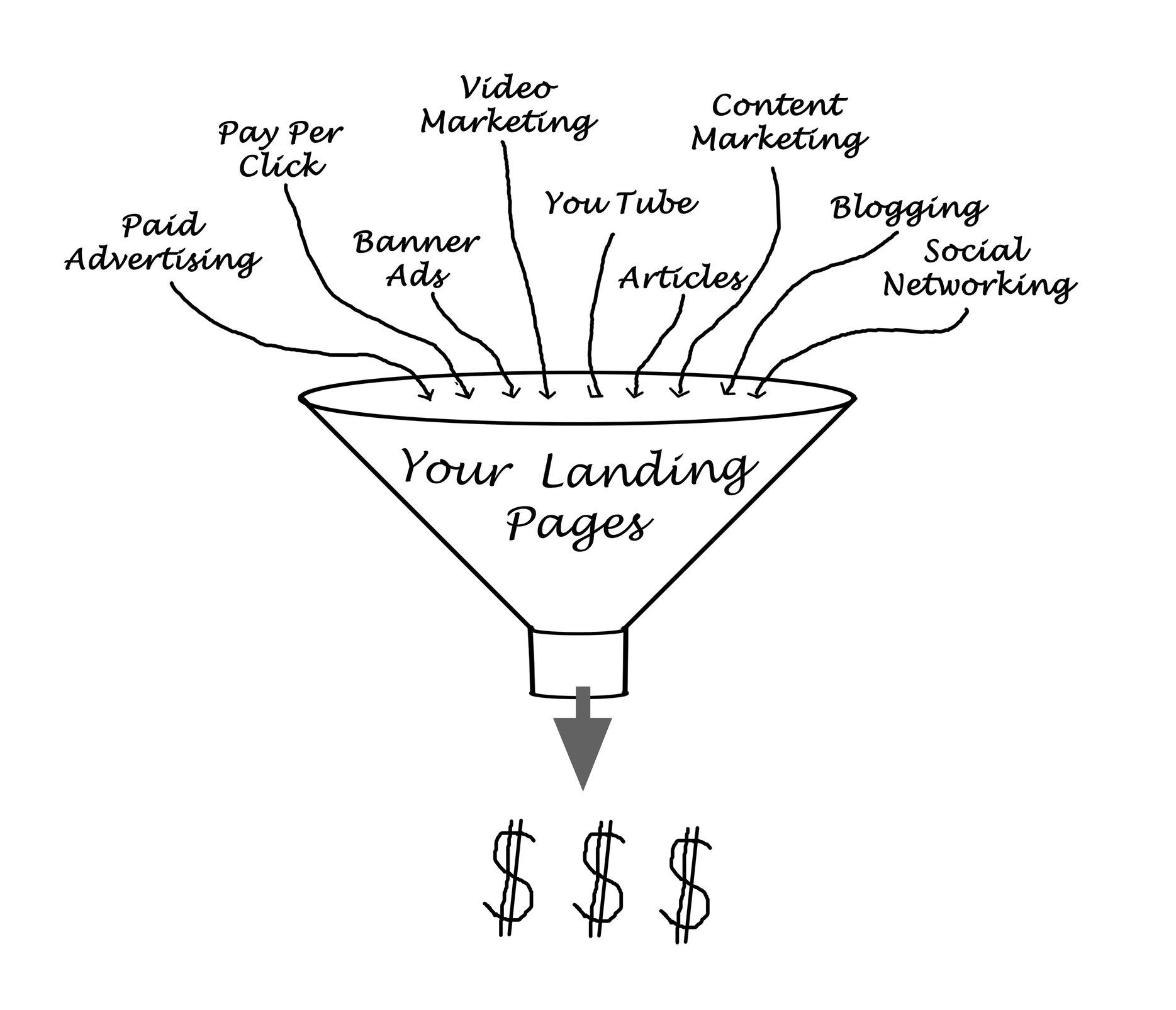Part 4: 20 funnel and drip campaign tips to turn your website into a sales superstar
Converting website visitors into sales isn’t easy, but it isn’t impossible either! There are plenty of steps you can take to improve the likelihood of visitors to your site going on to become paying customers.
Two very useful tools, which work hand-in-hand with each other, are sales funnels and drip campaigns. In turn, they also work very closely with things like landing pages and lead magnets, which we have already covered elsewhere on this blog.
Here, we will talk about what sales funnels and drip campaigns are and give you lots of tips to really make the best of them.

Sales funnels
A sales funnel is the process a potential customer goes through as they move from a first-time visitor to your website to becoming a paying client or customer.
It is described as a funnel because it is wider at the top, as it starts with a more general audience and narrows as visitors move from one stage to the next. At each stage, those who aren’t a good fit with your business, products or services will drop out, until you are left with paying customers at the bottom of the funnel.
The stages of a funnel are given various names, but perhaps the most straightforward has four distinct stages:
• Awareness – when a prospect interacts with your business/ visits your website for the first time
• Interest – a visitor starts to consider whether your product or service is right for them
•
Decision – a prospective customer knows they are going to buy, but is still likely to be considering more than one option
• Action – the end of the sales funnel, where a person takes action and buys from you
These stages sum up the mindset of a visitor on their journey to becoming a customer.
To make sure your sales funnel works really effectively, there are different tips to follow for every stage.
Awareness stage
People won’t buy from you if they don’t know you exist or if they don’t trust you. So you need to put some work into getting your name and your products or services out there and establishing your business as one which is trustworthy.
1 Blogging – blog about subjects related to your product or industry, particularly if you are in a niche sector. Work on your SEO and, over time, your blog will come up organically in searches – showing that your business is one which knows what it is talking about!
2 Social media – aim for a presence on (at least) the two or three most relevant social media networks for your product, industry and audience.
Your audience will probably want to find out more about your business and be able to ask questions on Twitter and/ or Facebook. They might want to see your products in their best light on Instagram, want to find out more about how to use them through YouTube or to see people having fun with them on TikTok.
Be active and responsive to comments and questions to help grow your social media following.
3 PPC advertising – Pay-per-click (PPC) advertising is undoubtedly one of the best ways to increase awareness of your business, and it can prove to be very cost-effective. Google Ads and Facebook Ads are the most popular, and usually the most effective, but your target audience may respond better to advertising on Instagram or TikTok.
Interest stage
When someone moves through the funnel to the interest stage, they want to know whether your product or service will meet their needs. You have got their attention, but they’re not ready to buy. Now you need to prove to them why your product is right for them.
Make sure your actions at this stage highlight your brand’s unique selling point (USP).
4 Lead magnets – offer a lead magnet in exchange for an email address. A lead magnet should be instantly accessible and could be anything a potential customer would find valuable – from an ebook to a cheat sheet, exclusive video content or access to a webinar.
5 Landing pages – your actions in the awareness stage of the funnel should drive visitors to your website to find out more. While they could head straight for your homepage, a landing page is more valuable.
A landing page is a single page, with a simple, clear message to encourage your visitor to take an action – usually providing their contact details (possibly in return for a lead magnet), rather than pushing for a sale, as they are still quite low in the sales funnel.
Decision stage
At this stage of the funnel, a prospective customer knows they are going to buy, but they still aren’t certain whether they will buy from you. They are most likely considering a range of factors, including price, quality and sustainability, before making their final decision.
6 Drip campaign – we go into much more detail on this below, but if you’ve got a contact’s email address, this would be a good time to start an email drip campaign to help them get to know your business and your products better.
7 Offer free delivery and returns – free delivery and returns are always an attractive option, if you can afford to offer them. If everything else you are offering is equal to a competitor, free delivery and returns can give your business the edge.
Action stage
At this stage of the funnel, the customer has decided they are going to buy from you! So make it as easy as possible for them. Actions you take now will increase the likelihood of them going on to become a valuable repeat customer.
8 Offer Live Chat – with so many customers abandoning a purchase during checkout, offering Live Chat can help deal with any last minute questions or concerns they have, increasing the chance of them completing their purchase.
9 Optimise your sales funnel
– your sales funnel might be working, but could it work better? It is always possible to optimise and improve it. Pay particular attention to the places where people move from one stage of the funnel to the next.
Areas to focus on include:
• Your content – what brings people into the funnel and what doesn’t?
• Your ads – could you run more, could you target them differently, could you advertise somewhere extra or different?
• A/B test and optimise your landing pages – including headlines, images, text and CTA.
Drip campaigns
A drip campaign is a series of emails, which you send out to a section of your subscriber list over a period of time – for example for six consecutive Fridays.
A drip campaign can be a very useful part of your sales funnel. Its aim is to build towards something rather than to sell immediately. You are nurturing your contacts towards taking an action you would like them to take.
Your drip campaign could focus on anything from welcoming someone as a new follower to encouraging them to buy your new product as soon as it launches - by building up excitement for that product over the course of several weeks.
To really get the benefit of a drip campaign, you should be running several drip campaigns at a time (maybe as many as 10) to different sections of your audience or to prospects at different stages of your sales funnel. When new subscribers sign up to your email list, they can simply be added to an existing drip campaign.
Here’s some tips to start a drip campaign or improve on existing ones…
10 Identify your audience – to make your drip campaign work as well as possible, you need to target your audience effectively. If you are running campaigns for a number of different products or services, make sure every member of your audience receives the campaign which best meets their needs.
Consider the issues they are trying to resolve, the goals they are trying to achieve, the best way to get their attention with an email and what action you hope they will take after reading your email.
Your audience should also receive different campaigns, depending if they are brand new subscribers, lapsed customers or regular customers.
11 Identify the goal for your campaign – every drip campaign you send out should have a clear goal. Goals could include:
• Increasing brand awareness
• Getting customer feedback
• Promoting a new product or service
• Increasing registrations for a future event
• Increasing sales
These goals need to be closely aligned to your audience.
12 Use different emails at different times
– a drip campaign can be used for many situations. Some common ones include:
• Welcome – thank them for signing up, then follow this with eg a discount code or some tips.
• Nurturing – for someone who has been signed up for a few weeks or months, but hasn’t yet made a purchase, offer them a lead magnet, then follow up with a discount code.
• Renewals – for subscriptions or memberships that are about to expire, send friendly reminders of the need to renew in the weeks before the membership expires, ending with an urgent reminder to renew on the final day.
• Reminder emails – for upcoming events from webinars to gigs or exhibitions, get your leads excited about the event by drip feeding exclusive teasers about what they have to look forward to on the day.
• Launch emails – in the weeks leading up to a big product launch, get your subscribers excited with exclusive
behind-the-scenes information and photos.
• Milestone emails – from a customer’s birthday to the anniversary of them first subscribing, mark the event with a celebratory personalised email to thank them for being a subscriber or customer.
• Abandoned shopping baskets
– if someone has put products in their online basket, but hasn’t checked out, a friendly reminder may be all they need to go back and complete the purchase.

13 Automate your emails
– you don’t need to physically send out your emails yourself every week. Use a sales automation tool which allows you to create, schedule and send drip campaign emails to different segments of your email list.
14 Keep it brief
– A drip campaign shouldn’t last indefinitely. It is a time-limited campaign over the course of a few weeks.
Depending on your goals, you should aim to complete your drip campaign within four to 10 emails – usually by sending one email a week.
15 Use great headlines
– it is likely that your email is landing in a very full inbox, so it needs to stand out from the crowd. Make sure your subject line lets your reader know straightaway that you are going to answer a question, solve a problem or offer them something they don’t want to miss out on.
16 Create and personalise your content
– you don’t want your emails to be boring, so keep the paragraphs short and focus on the quality. Check for inconsistencies, bad grammar or typos before hitting ‘send’.
Personalise your content by sending it to the relevant segments of your email list.
Most importantly, check that every email offers something of value which will make your subscribers happy that they have read all the way to the end.
17 Include a CTA at the end of every email
– your drip campaign is geared towards getting somebody to take an action – so make it clear what that action is! Include a call-to-action (CTA) at the end of every email.
Your CTA could be for a lead magnet, a prize draw, a discount or to check out your new product range. (But don’t ask people to buy too often, you’re trying to build a relationship, not going for the hard sell!)
18 Prepare all your emails in one go – your emails might be sent out once a week, but they should be a consistent sequence. The best way to make sure you don’t promise something and fail to deliver it, is by writing all of your emails for a single drip campaign at the same time.
19 Test your drip campaign
– to get the most out of your drip campaign, testing should be an ongoing process.
A/B test the content of your emails (headline, copy, CTA etc), as well as the day of the week and the time of the day you send them out.
Remember to only test one element at a time. That way, you will be able to easily see if there are any simple changes you can make, which will impact your open rates and the number of actions taken.
20 Know how it will end – your drip campaign might be six or 10 emails long, but sometimes people will need to come out of the campaign before it has ended. If your campaign is working towards getting someone to sign up for an event and they sign up after your third email, don’t send a fourth, fifth and sixth email still encouraging them to sign up. That would create a poor customer experience and undo all your good work to date.
So set up a trigger which will remove people from the campaign list as soon as they take your desired action.
A good sales funnel and effective drip campaigns can really help to turn your website into a sales superstar. But the key is not to rush things.
You want to show your brand, products and services to your audience and you want them to buy from you. But you don’t want to push the hard sell. Try too hard, too early and you will turn your audience away long before they have made a purchase.
Take time to build your sales funnel and cultivate your drip campaigns. Keep testing and optimising, and show your audience why your brand really can meet their needs. By following these tips, you will increase your conversion rates, stay ahead in a competitive market and ultimately increase your sales.

More Posts.







